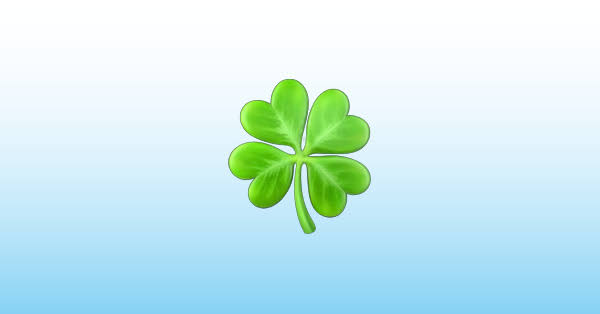Why is Clover a Symbol of Luck? Culinary Spice to Talisman of Fortune
Their pungent warmth graces countless cuisines, their essential oil lends a distinctive note to perfumes, and their medicinal properties have been recognized for centuries.

Cloves, the aromatic flower buds of the Syzygium aromaticum tree, have captivated humanity for millennia. Their pungent warmth graces countless cuisines, their essential oil lends a distinctive note to perfumes, and their medicinal properties have been recognized for centuries. But beyond these practical applications, cloves hold a curious place in the realm of superstition – a symbol of good luck and protection.
A Spicy History: Cloves and Cultural Exchange
The clove’s journey from its native Moluccas Islands in Indonesia to tables and traditions worldwide is a testament to the allure of spice. Early Arab traders, shrewdly guarding the source, created a mystique around cloves, fueling their value and fostering legends about their origins. By the Middle Ages, cloves had reached Europe, becoming a prized commodity and a symbol of wealth and status.
This exotic spice found its way not only into culinary creations but also into folklore and religious practices. In China, cloves were burned as incense during religious ceremonies, believed to ward off evil spirits and bring good fortune.
The Four Points of Fortune: The Allure of Rarity
The association of cloves with luck likely stems from their rarity and unique physical characteristic – the four-pointed bud. Cultures around the world have ascribed significance to the number four, imbuing it with mystical properties.
In some Asian traditions, the four points of the clove are seen as representing the four pillars of life: health, wealth, love, and happiness. Possessing a clove, particularly an unbroken one, was believed to attract these blessings.
This symbolism aligns with the concept of the four-leaf clover, another symbol of good luck with a similar connection to rarity and the number four.
Clove Magic: Rituals and Remedies
The belief in the clove’s auspicious properties extends to various rituals and practices. In some cultures, cloves are incorporated into protective amulets or charms, worn to ward off misfortune and bring good luck.
Cloves are also used in traditional healing practices, believed to possess not only medicinal benefits but also the power to dispel negativity and promote well-being.
For example, in India, cloves are sometimes strung together and hung above doorways to protect the home from evil spirits. Similarly, in some Southeast Asian countries, cloves are burned as incense during cleansing rituals, believed to purify the space and attract positive energy.
The Enduring Allure: Cloves in the Modern World
While the belief in the magical properties of cloves may not be universally held today, their association with good luck persists in various cultures.
In Western cultures, cloves still hold a place in holiday traditions. The warm, spicy aroma of cloves evokes the festive spirit of Christmas and winter celebrations.
More importantly, the rich history and cultural significance of cloves serve as a reminder of the intricate relationship between humanity and the natural world. Cloves, a seemingly ordinary spice, hold a unique place in our stories, reflecting our enduring fascination with the exotic, the rare, and the symbolic.
The Future of the Clove: Spice, Tradition, and Beyond
The future of cloves is likely to be multifaceted. As a culinary spice, cloves will undoubtedly continue to grace kitchens worldwide, adding their distinctive flavor to diverse dishes.
The medicinal properties of cloves are also being explored in modern scientific research, with potential applications in areas like pain relief and antimicrobial activity.
Perhaps most importantly, the cultural significance of cloves as a symbol of good luck and fortune is likely to endure. As traditions are passed down and new ones are formed, the allspice clove may continue to hold a place in our collective imagination, a reminder of the rich tapestry of beliefs and practices that connect us across cultures and time.






